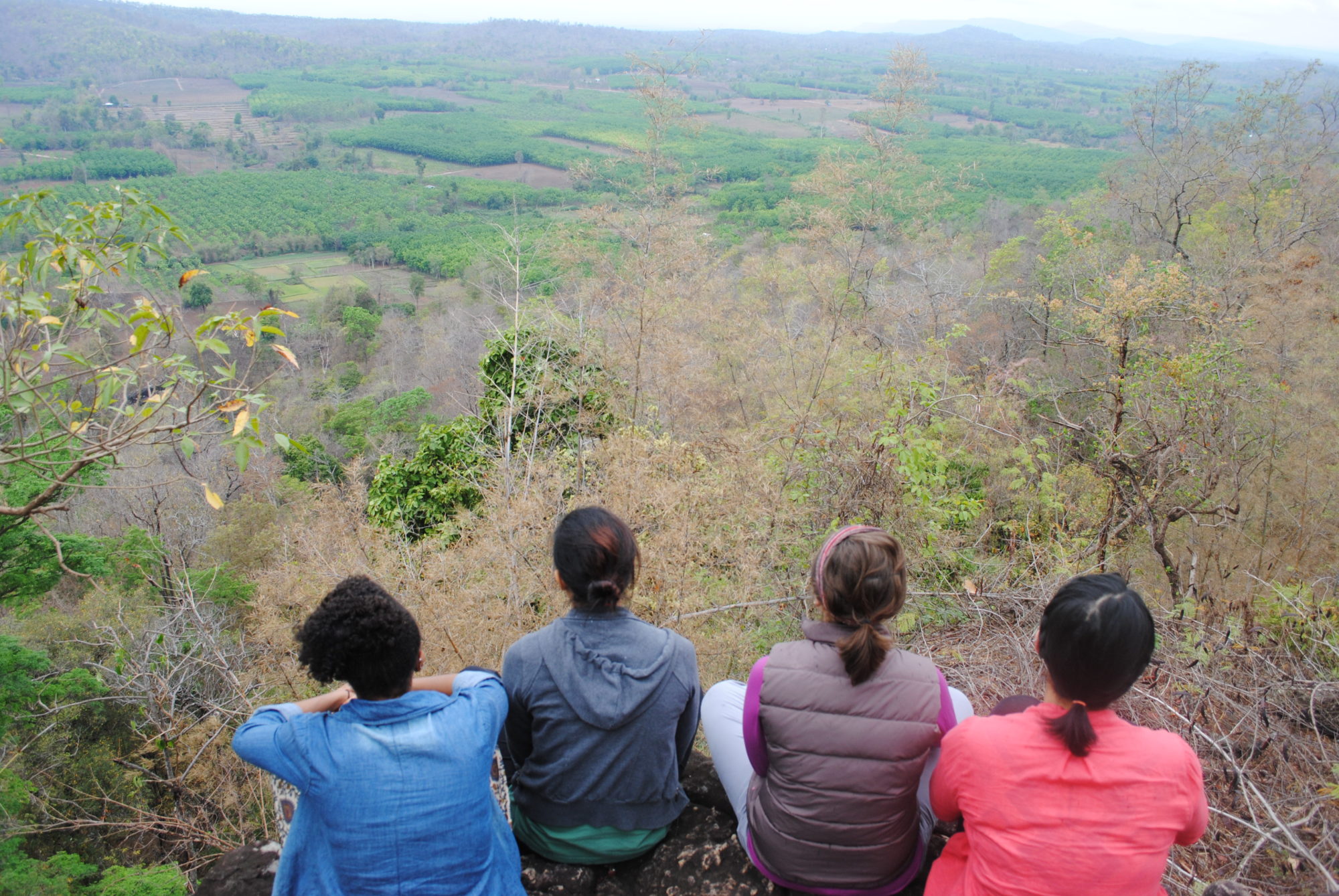Lara Torii shares a lesson in forgiveness + tips for making the most of your time away

Before I started each year of volunteering, I attended an orientation retreat to prepare myself for community, social justice, simplicity, and spirituality. This was my first time attending a re-entry retreat, specifically for people who have gone abroad and have to deal with reverse culture shock. The activities were geared towards helping us heal the hurts of the past, celebrate the joys, and move forward with purpose.
If I have learned anything during my time as a volunteer, it is that life is best lived open-heartedly. I always try to let go of any preconceived notions I have of any situation and any person I meet. So I made my way to San Antonio ready to receive whatever the ten days had in store.
What Is a Retreat?
For me, retreats have always been an opportunity to step back, evaluate life, and take a breather. I’ve been on retreats where we are given tons of space to talk to each other. I’ve also been on silent retreats where we are asked to unplug from all forms of chatter. Regardless, retreats offer activities to help you balance the emotional, physical, mental, and social aspects of yourself.
One of my favorite retreat activities is hiking by myself or with a group. I always feel reset by getting my blood flowing, breathing fresh air, and letting go of those routine thought processes. That is one of the most beneficial things about retreats: they are active breaks from the daily routine, a break—unlike a vacation—that allows you to make space for new energy, new creativity, new insight. If it’s not possible to commit to a full guided retreat (typically two to seven nights), we may try to find ways to step back from our daily lives in smaller ways. However, in this time of constant social media and technological connection, we can all benefit from time away. Here is what I learned from stepping away from the everyday and a list of things to keep in mind once you commit to a retreat.






